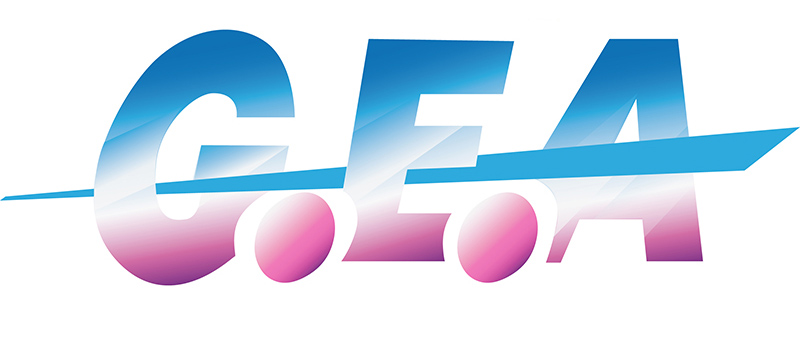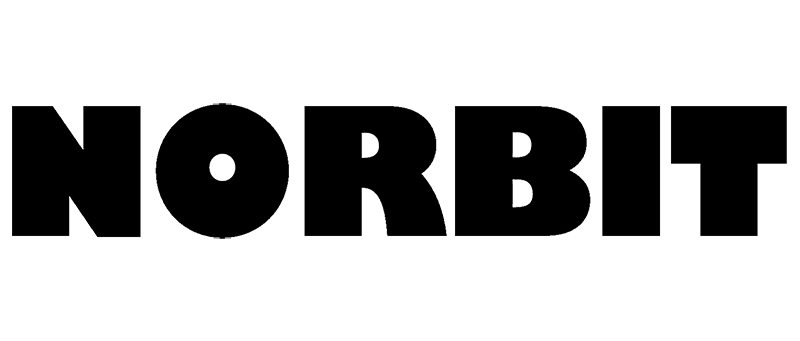5.8 GHz: the sustainability spectrum band
CEN DSRC is central to the implementation of EU transport policy goals from sustainability to road safety or worker’s rights. With increasing digitalisation, demand for radio spectrum grows, so does the risk of harmful interference. Sustainability has to find full consideration in radio spectrum policy. According compatibility studies need to be conducted before allowing new technologies onto the 5.8 GHz spectrum band or neighbouring bands.
CEN DSRC is key to decarbonising road transport and improving air quality, further it is key to enforcing road safety and worker’s rights. The enforcement of drive and rest times, as well the check on on-board weighing systems depend on CEN DSRC. CEN DSRC is one of the road charging technologies recognised in EU law. Decarbonising road transport and improving air quality are key goals of road charging.
CEN DSRC and radio spectrum
CEN DSRC in Europe runs on the 5795-5815 MHz frequency band and is specified in Implementing Decision 2019/1345 on ‘harmonised technical conditions in the area of radio spectrum use for short-range devices’ as ‘TTT’ – ‘Transport and Traffic Telematic devices’. TTT cover road tolling applications, smart tachograph and weights and dimensions applications. Spectrum access is regulated under the Radio Equipment Directive 2014/53/EU and the Commission Decision on the classification of radio equipment 2000/299/EC.
CEN DSRC is a standardised short-range communication technology. It is based on a set of European Norms (EN). CEN DSRC broadcasts on the 5795-5815 MHz license-free frequency band. This frequency band is colloquially referred to as the 5.8 GHz band in the context of transport. CEN DSRC is a very secure and robust radio technology.
Preventing harmful radio interference to Europe’s transport policy
Operating devices on the 5.8 GHz frequency band or neighbouring bands may cause harmful interference to the remote detection of smart tachograph manipulation or misuse, the enforcement of weights & dimensions or road charging.
CEPT reports outline under which conditions the interference-free operation of radio services is possible.
For additional detail see our position papers:
‘The protection of truck drivers and CEN DSRC’‘Arbeitnehmerschutz und CEN DSRC’
‘Radio interference risks to road charging’







